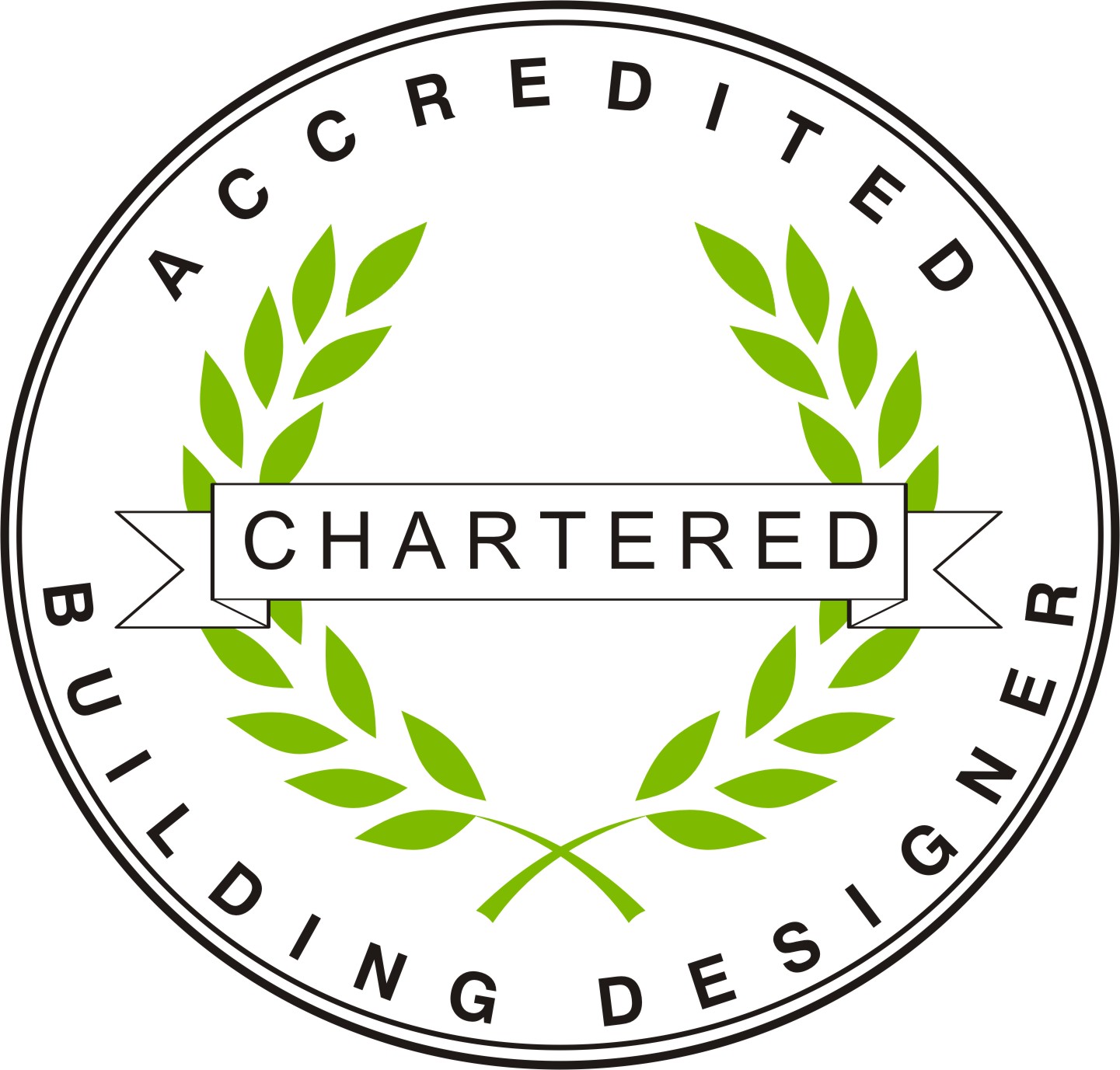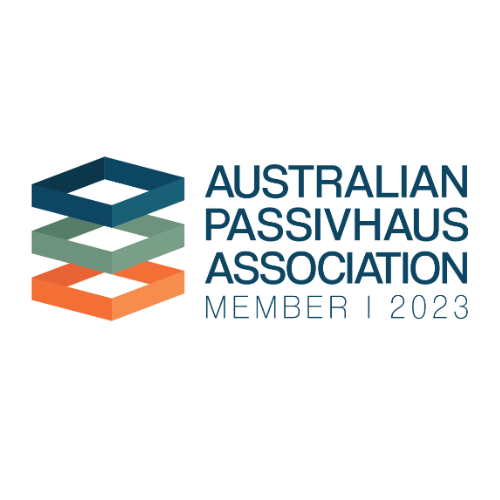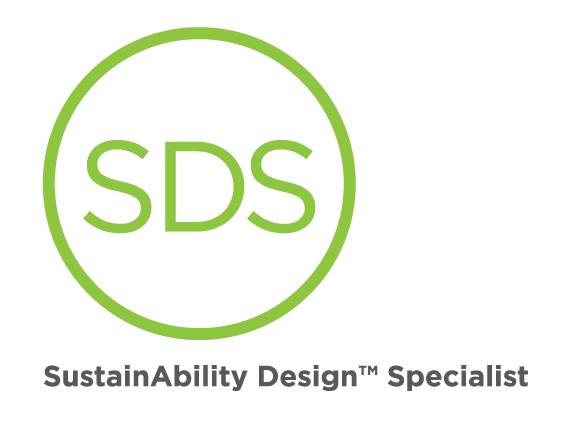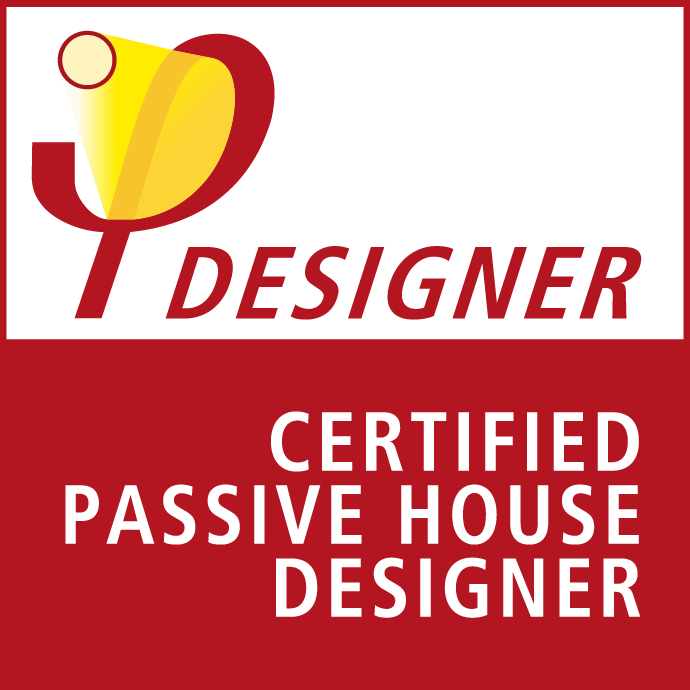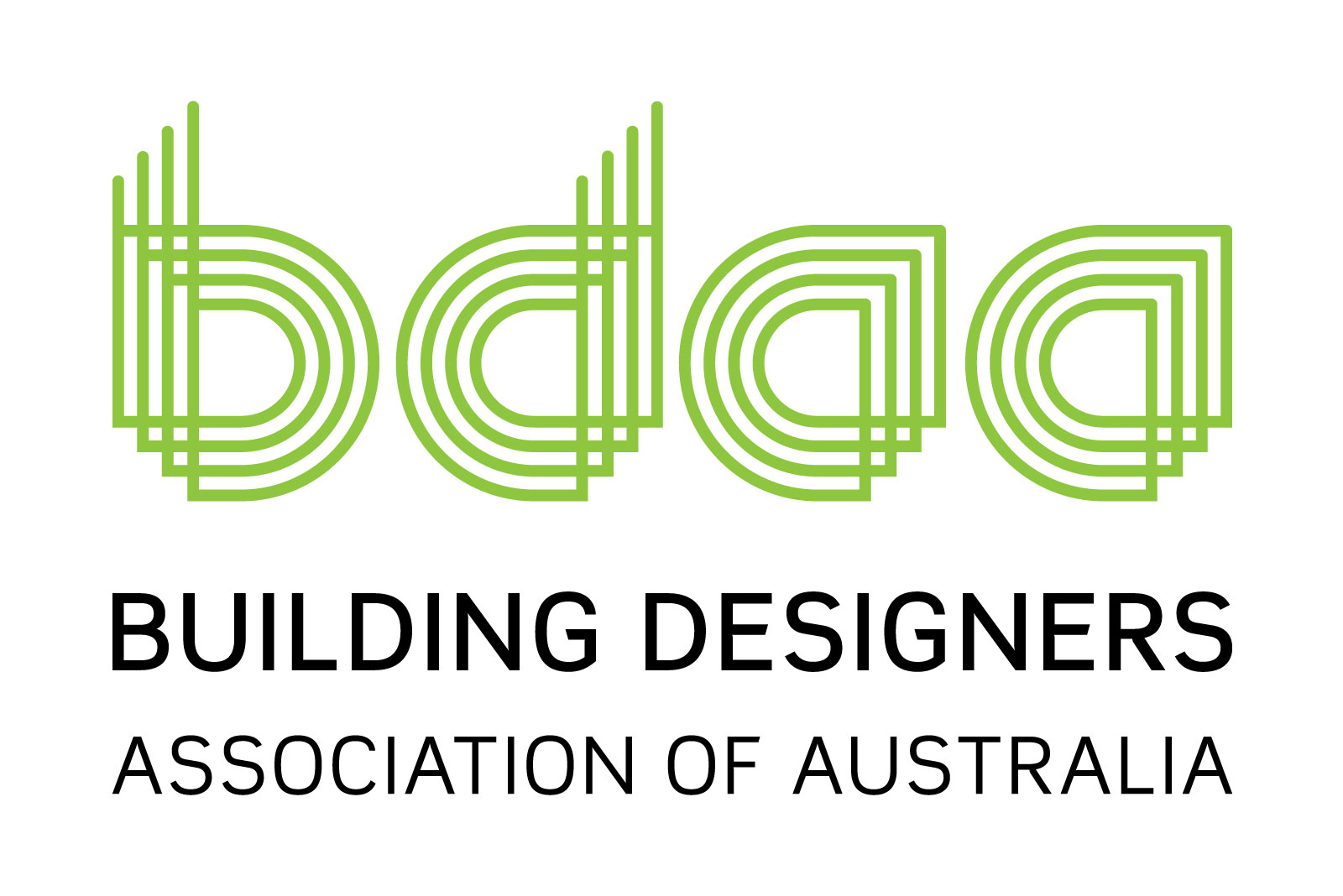A passive house is a holistic, harmonious and healthy home we all deserve to live in.
7 reasons to build a passive house
A Passivhaus design can consume as much
as 90% less heating and cooling energy compared to conventional buildings
We’ve got you!
We can help you understand the benefits of Passivhaus design, take you on the design journey and work with a builder to provide a house that exceeds building standards, is great for the planet and healthy for your family.
Discuss your project – a free initial phone consult
If you're keen on making a lasting positive impact on both your living environment and the planet, it's time to explore the transformative potential of Passive House design. Let's start building a greener tomorrow, today!"
01
Healthy.
With great indoor air quality – A heat re-covery ventilation system ensures a supply of fresh, filtered, clean air all year round.
02
Comfortable.
With unprecedented thermal balance – Because of appropriate insulation and mitigation of thermal bridges, there are no cold or hot spots.
03
Resilient.
Passive House Certified buildings remain habitable during a power outage in the dead of winter or during a summer heat wave for much longer than conventional buildings.
04
Affordable to run.
Due to low heating and cooling energy costs, Passive House Certified buildings are less expensive in the face of changes in energy pricing, technology and climate, providing a long-term assurance of affordability
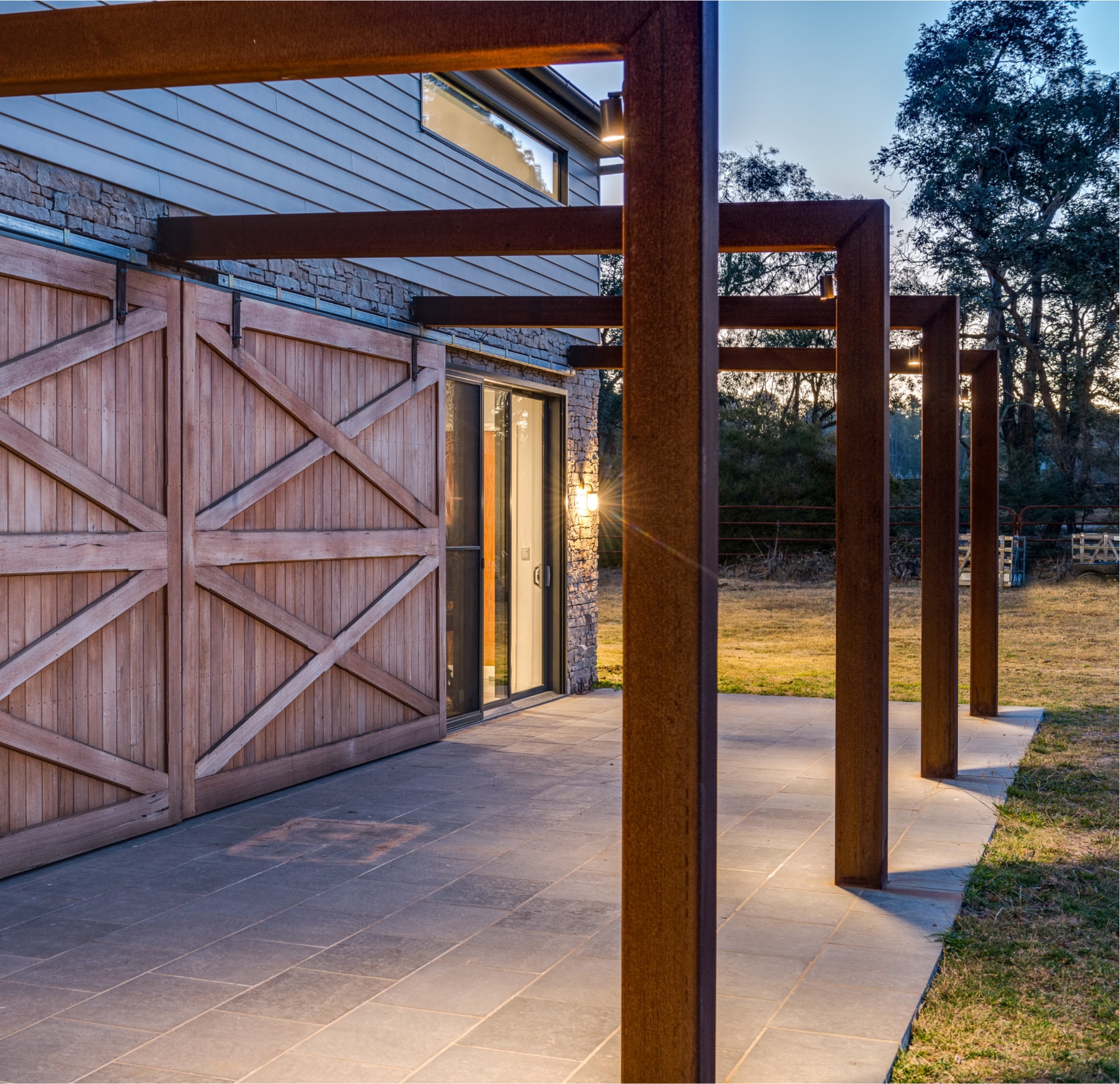
05
Easy to operate.
Passive House certified buildings are designed so the building fabric (walls, floor roof, windows, shading) works to keep the building comfortable.
06
Quiet.
With acoustic separation from the street and neighbours – The insulation, careful sealing and high performance windows cut out much of the exterior noise.
07
Access to finance.
Passive House Certified buildings qualify for reduced interest rates on borrowing. Read more
Whether or not you "need" a Passive House depends on your personal goals and circumstances. If you're seeking to minimize your energy usage, reduce your carbon footprint, or create a home with superior comfort and indoor air quality, then a Passive House design might be a good fit for you.
Passive Houses offer several significant advantages. They typically have much lower energy bills due to their high energy efficiency, and they provide a consistent, comfortable indoor temperature year-round, without the cold spots or drafts that are common in less well-insulated homes. Moreover, thanks to their airtight design and mechanical ventilation system, they offer excellent indoor air quality, which can be particularly beneficial for those with allergies or respiratory issues.
However, it's worth noting that building a Passive House often involves higher upfront costs than standard construction, due to the need for specialised materials and construction methods. It also requires careful planning and design to ensure that all the elements of the Passive House standard are properly implemented. Therefore, it's essential to weigh these factors against the long-term energy savings and other benefits when considering a Passive House.
Building 'green' or sustainably can be more challenging than traditional construction, but it's certainly not impossible and the perceived difficulties are often outweighed by the long-term benefits. It requires a different approach that involves careful planning, specialized knowledge, and sometimes more sophisticated construction techniques.
The cost of building a green or sustainable home can be higher initially due to the use of specialized materials and technologies. However, these costs are often offset by lower operating costs over the life of the building. Energy-efficient designs like Passive House can substantially lower energy costs, which can make a big difference over the years.
Additionally, building codes around the world are progressively shifting towards sustainability and energy efficiency, so the gap in cost and complexity between traditional and green building is likely to continue to narrow.
It's also worth noting that green buildings can offer benefits beyond cost savings, including a healthier and more comfortable living environment, a reduced carbon footprint, and potentially higher property values.
Overall, it's crucial to consider the whole life cost and benefit of the building, not just the upfront expenditure. With their lower energy needs, improved comfort, and reduced environmental impact, green buildings can be a very sound investment in the long run.
Ensuring that your home performs efficiently involves a combination of good design, quality construction, and regular monitoring and maintenance.
If you're building a new home to an efficiency standard such as Passivhaus, the design and construction process will include measures to ensure the building's performance. For example, the building should be designed using energy modeling software to predict its energy use, and then constructed with high-quality materials and techniques. After construction, the building should undergo rigorous performance testing, such as a blower door test to verify its airtightness.
After you move in, you can monitor your home's performance through energy bills, indoor comfort levels, and indoor air quality. Some homes are also equipped with home energy management systems that provide real-time data on energy usage. If your home isn't performing as expected, there could be issues that need addressing, such as air leaks, inadequate insulation, or inefficient appliances or systems.
Remember, even the most efficiently designed home can perform poorly if it's not properly maintained. Regular maintenance of your home’s systems and components, such as sealing any leaks and servicing heating and cooling systems, will ensure they continue to operate efficiently.
Lastly, certifications such as the Passivhaus certification can provide assurance that your home has been designed and built to a high standard of energy efficiency. These certifications involve rigorous testing and verification by independent bodies, providing a level of trust in the home's performance.
Simon Croker
// BA Environmental Science,
// BDAA member 1230-11
// Certified Passive House Designer
// Sustainability Design Specialist
Gerard Wilson
// BE Civil (HONS.II Div. I)
// MIE.Aust, No. 1208954
// Diploma of Building Design,
// Chartered BDAA member 914-06
// Medium Rise BDAA Accreditation No. 6275
// Certified Passive House Designer
// Sustainability Design Specialist
Passive House Certified Designers




